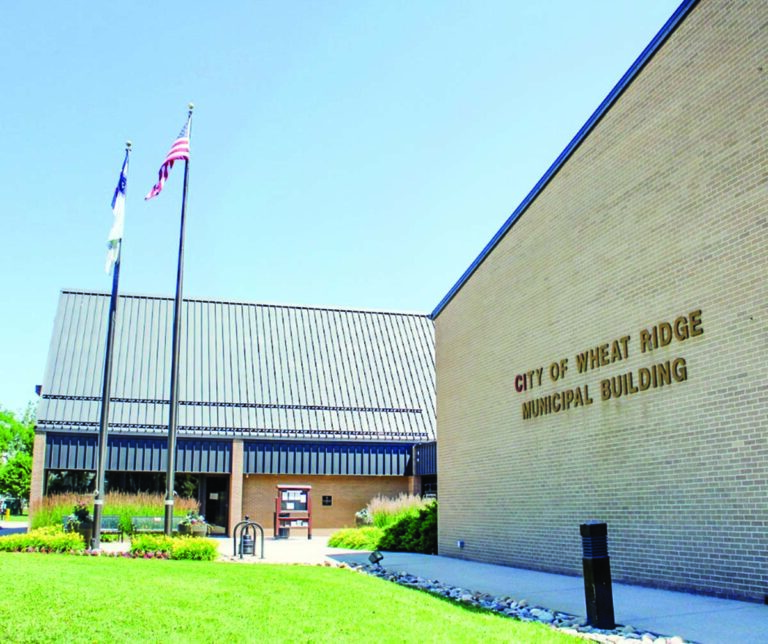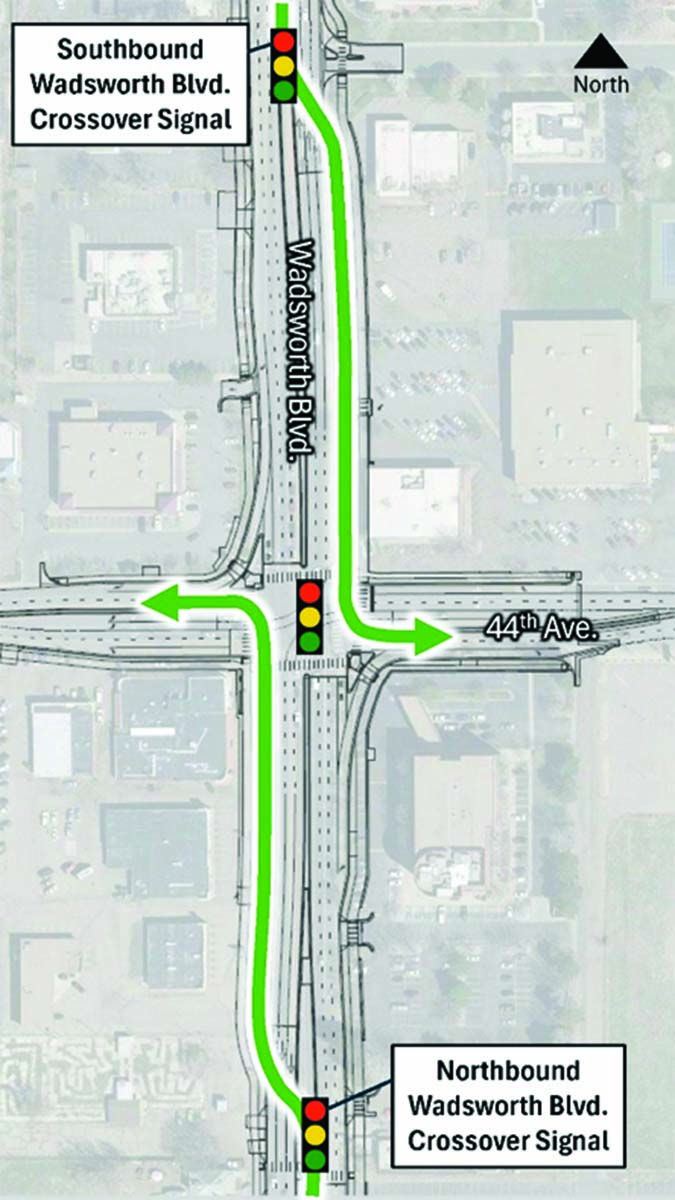Volunteers are busily preparing the Baugh House for the annual Heritage Day festivities on Saturday, Aug. 13, from 10 a.m. to 2 p.m., celebrating the colorful history of the storied farmhouse with an ice-cream social and antique quilt show.
Originally a log cabin (still evident inside the structure), the house has been through its share of trials and tribulations, not the least of which was a suspicious arson fire in 1994 that left it damaged and unsightly.
James Baugh, a 27-year-old from Missouri, came to the Colorado Territory in 1859 with dreams of finding gold. He made his way into the mountains through the Clear Creek Valley. Three months later, he returned to the valley with a new plan: farm the rich fields there.
On Aug. 15, 1859 he settled on 160 acres not far from Clear Creek, but attempts at homesteading were stymied when Baugh found out the land had been granted to Polenia Garcia y Padilla for his military service during the Navajo Wars. Baugh traveled to Mexico, found Padilla, and bought the land for $500. He was granted a preemption, and the land finally became legally his in 1865.
During those first years Baugh erected a log house, “one-and-a-half stories high with a shingle roof, plank floor, two doors, and two windows,” according to a neighbor. He set about farming, and by 1870 the farm was worth $4,000, and he had become a respected citizen and a charter member of the local Ceres Grange, as well as a member of the Farmers Club of Jefferson County and the Democratic Party. By the mid-1880s, though, Baugh decided to move on; in 1884 he subdivided his land into 15-acre plots, began selling parcels and moved to Longmont where he eventually married and died in 1892.
The 1885 county census listed Samuel Longnecker, a 57-year-old widower, as living in the cabin with his grown daughter and her 5-year-old daughter (along with assorted other relatives off and on). The Longneckers encased the cabin within the current two-story Victorian farmhouse around the turn of the century. After Longnecker’s death, daughter Ella sold the five-acre parcel in 1929 to Frank and Helen Bond, who never lived there but used it as a rental for the next 14 years. Renters continued its use as a market farm and, at one time, a chicken farm.
The property stabilized in 1942 when the Sandusky family bought it and lived in the house for 34 years. In 1976 the final resident owner, Philip Godell, bought the three-acre plot and lived there until his death in 1994. Curiously, an arson fire started inside the vacant house right before Godell’s funeral procession drove by on West 44th Avenue on its way to Mount Olivet Cemetery. The arsonist was never caught.
The burned-out shell sat derelict through the rest of the 1990s, but in 1997 the City of Wheat Ridge, with vigorous support of the Historical Society and citizens, was able to buy the property from a New York-based developer. The WRHS began the process of restoration. After much hard work and research, WRHS representatives were able to get the property designated as a historical site and secured several grants to assure the Baugh House would be around to provide future generations an intriguing glimpse of the past.
Ah, but that’s a story for another day.






